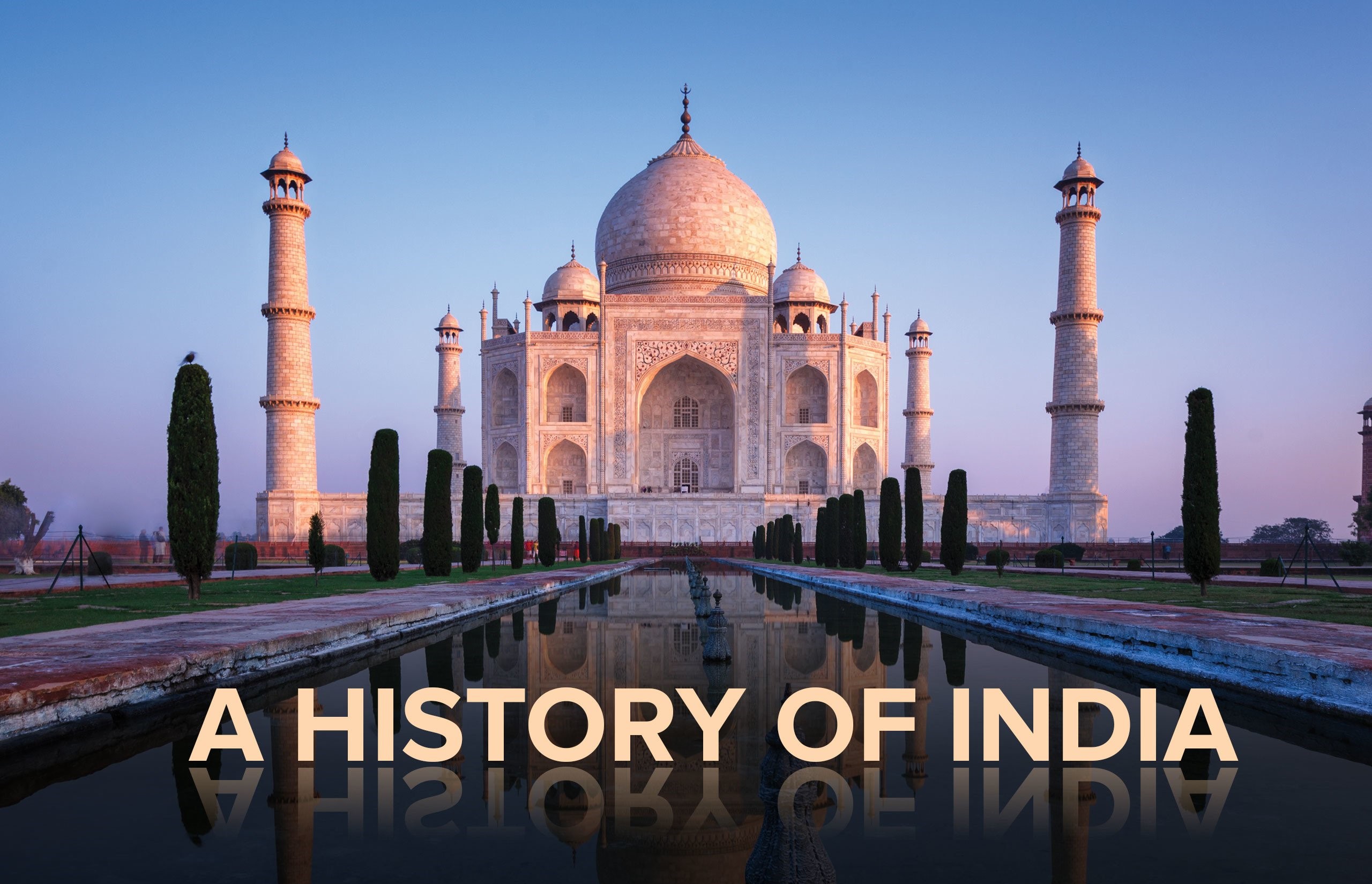Mauryan Administration
Mauryan Administration
I. Central Administration
» The king : The Mauryan government was a centralised bureaucracy of which the nucleus was the king. According to Kautilya / Chanakya, there are 7 elements of states (Saptanga theory) - Raja (the king), Amatya (the secretaries), Janapada (territory), Durg (fort), Kosha (the treasure), Sena (Army) and Mitra (Friend). The king was regarded as the soul among all the seven elements of the state.
» Thg Mantri Prishad : The king was assisted by Mantri Parishad, whose members included –
1. The Yuvaraja (the crown prince)
2. The purohita (the chief priest)
3. The Senapati (the commander-in-chief)
4. a few other ministers
II. Municipal Administration
» Kautily a devotes a full chapter to the rules of the Nagaraki i.e. city superintendent. His chief duty was maintenance of law and order.
» Megasthenese account of the system : 6 committees of five members each, and their functions :
1st - Industrial Arts
2nd - Entertainment of Foreigners
3rd - Registration of Births and Deaths
4th - Trade and Commerce
5th - Public sale of manufactured goods
6th- Collection of taxes on the articles sold (1 / 10th of purchase price)
III. Army
» The most striking feature of Mauryan administration was the maintenance of a huge army. They also maintained a Navy.According to Megasthenese the administration of Army was carried by a board of 30 officers divided into 6 committee, each committee consisting of 5 members. They are :
1. Infantry
2. Cavalry
3. Elephants
4. chariots
5. Navy
6. Transport
» In the Mauryan period, there were two types of Gudhapurushas (detectives)- Sansthan (Stationary) and Sanchari (Wandering)
